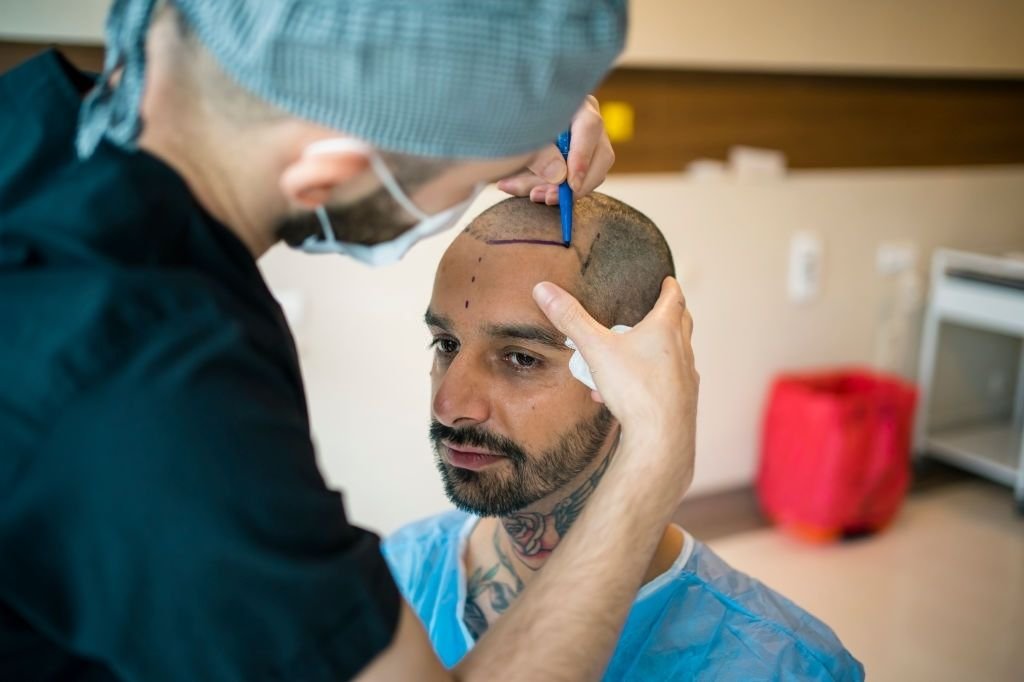A woman who has had breast cancer surgery may decide to have further surgery to restore the contour and appearance of her breast. Breast reconstruction surgery is the term for this procedure. If you’re thinking about having this done, talk to your doctor and a plastic surgeon specializing in breast reconstruction before surgery to remove the tumor or breast.
This article, written with the help of Dr. Leena Jain, a Mumbai-based plastic surgeon, will outline the critical aspects of this procedure for your convenience.
Reasons for Breast reconstruction
A woman may choose breast reconstruction for a variety of reasons:
- When she’s wearing a bra or a bikini, she wants her chest to look balanced.
- To assist in the better fitting of clothing
- To recover her breast shape permanently
- She won’t have to wear a bra with a built-in breast form (an external prosthesis)
- To feel more confident in her.
Plastic surgeons in India agree that breast reconstruction causes scars but that these scars usually dissolve with time. The scarring has also been decreased thanks to newer treatments. When wearing a bra, your breasts should be similar in size and form so that you feel confident about how you look in a variety of outfits.
Breast reconstruction can help you feel better about your appearance and reclaim your self-confidence after a mastectomy. However, keep in mind that the reconstructed breast will not be an exact match or replacement for your natural breast. If tissue from your tummy, back, or buttocks were used in the reconstruction, those areas would change after surgery as well. Scars and changes in shape or contour should be discussed with your surgeon. Inquire as to where they will be and how they will look and feel once they have recovered.
Risks of Breast Reconstruction
Dr. Leena Jain, plastic surgeon in Mumbai, warns that some types of breast implants have been related to rare cancer called anaplastic large cell lymphoma (ALCL), which is not the same as breast cancer. Breast implant-associated anaplastic large cell lymphoma is another name for it (BIA-ALCL).
This lymphoma appears 8 to 10 years after the implant is implanted, and it occurs more frequently if the implants have textured (rough) surfaces rather than smooth ones. ALCL can manifest as a collection of fluid surrounding the implant, a lump, soreness, swelling, or asymmetry if it develops after the implant (uneven breasts).
Surgical removal of the implant and capsule is generally used to treat early-stage disease, whereas chemotherapy is used to treat more advanced conditions. In some circumstances, radiation may be employed.
Women with early-stage illness have a better prognosis (outcome).
Is it possible for breast reconstruction to conceal cancer or to bring it back?
Breast reconstruction does not cause breast cancer to recur, according to studies. If cancer returns, the restored breasts should not make it difficult to detect or treat it.
Suppose you’re considering breast reconstruction, whether with an implant or a flap, you should be aware that reconstruction seldom prevents breast cancer from returning. When selecting whether or not to get breast reconstruction, you should not consider this a significant risk.
Here are a few things to consider:
- You may have the option of having breast reconstruction done at the same time as the mastectomy (immediate reconstruction) or later (late reconstruction) (delayed reconstruction).
- Some women prefer not to make reconstruction selections while undergoing treatment for breast cancer. If this is the case, you may want to postpone reconstruction until after your breast cancer surgery.
- You may not want to have any more surgery than is necessary.
- Reconstructive surgery isn’t always a complete success, and the end outcome may not be what you hoped for.
- Your breast and any regions where the tissue was relocated to produce the new breast mound, such as the buttocks, abdomen, or back, will have scars from the cancer surgery and reconstruction surgery.
- A breast that has been rebuilt will not have the same sensations as a natural breast. It may have little or no sensation at times. The donor sites from which tissue was obtained to reconstruct the breast may also lose feeling. The skin may get more sensitive over time, but it will never feel the same as it did before the procedure.
- If you bleed or scar more than other people, you may have additional problems.
- After reconstructive surgery, breast skin or flaps may not survive. Necrosis is the medical term for tissue death. If this occurs, healing is slowed, and further surgery is frequently required to correct the condition.
- Previous surgery, chemotherapy, or radiation therapy may have hampered healing. Smoking, diabetes, certain medications, and other conditions can all alter it.
- Mumbai-based plastic surgeon- Dr. Leena Jain, advises delaying repair, especially if you smoke or have other health issues. To allow for better recovery, it’s essential to stop smoking at least two months before reconstructive surgery. If you are fat, too thin, or have blood circulation issues, you may not be able to have reconstruction at all.
- Your surgeon may recommend reshaping your other breast to match the restored one. This could entail surgically elevating the breast or lowering or expanding its size.
- If a woman knows she will need radiation as part of her treatment when she is diagnosed, the types of urgent reconstruction surgery she can have may be limited. Specific methods of reconstruction performed before radiation can cause complications and reduce the likelihood that the reconstructed breast will seem and feel as natural as possible after the radiation. Before surgery, talk to your surgeon about your best options.
- Being aware of your reconstruction alternatives before surgery will help you set more reasonable expectations for the results.







